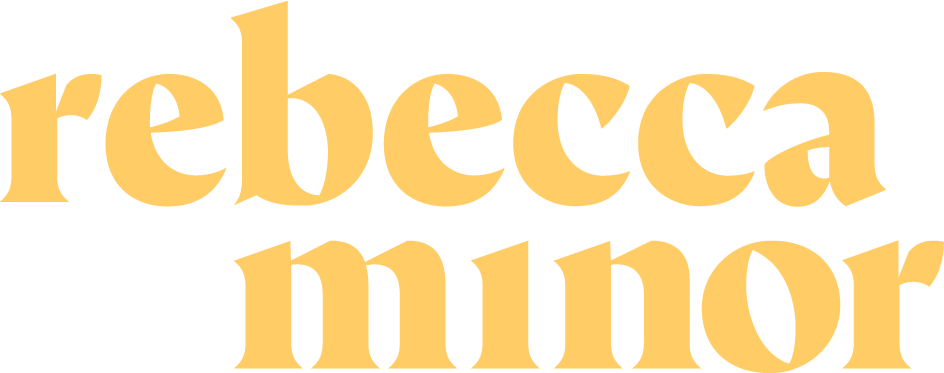The Power of Language: How Anti-Trans Rhetoric Echoes Past Prejudices
Language shapes our world. It influences how we perceive others, informs our policies, and defines who belongs. Unfortunately, the language used to frame transgender people today isn’t new—it’s part of a long, well-documented playbook. From anti-LGBTQ+ campaigns to racialized “tough on crime” narratives to the War on Drugs, fear-based language has repeatedly been used to justify discrimination, surveillance, and exclusion. Today’s anti-trans rhetoric recycles those same tactics: stirring panic, manufacturing threats, and painting marginalized people as dangerous or deviant. Recognizing these patterns is the first step in dismantling them—and in building a more informed, compassionate response.
The Language of Fear and Control
Throughout history, fear-based language has been a powerful tool for those seeking to control marginalized communities. Consider the “War on Drugs” of the 1980s and 1990s, which framed entire communities as dangerous to justify harsh policies and mass incarceration. Similarly, anti-trans rhetoric today casts trans people as a threat to children, families, and the very fabric of society – a tactic designed to stir fear and justify exclusion.
Framing as an Existential Threat
Historically, marginalized groups have often been framed as direct threats to societal stability. During the early days of the gay rights movement, activists faced claims of promoting a “homosexual agenda” that would corrupt traditional family values. Today, we see a similar narrative in claims about a “trans agenda” or “gender ideology,” despite overwhelming evidence that trans people simply want to live authentic, fulfilling lives without infringing on others’ rights.
Dehumanization and Stereotyping
Language that reduces people to caricatures or stereotypes is a powerful form of dehumanization. Just as the Jim Crow era relied on deeply harmful, dehumanizing rhetoric to justify racial segregation, today’s anti-trans rhetoric uses phrases like “biological truth” and “groomers” to strip away humanity. This language makes it easier to pass discriminatory laws and justify social exclusion, even when the facts clearly oppose these narratives.
The High Cost of Misinformation
History has shown us the devastating impact of fear-driven rhetoric. The War on Drugs led to mass incarceration, family separation, and long-term economic devastation. The AIDS crisis, fueled by fear, misinformation and disinformation, resulted in tens of thousands of unnecessary deaths. Today’s anti-trans rhetoric risks similar outcomes, contributing to isolation, poor mental health, and increased violence against trans people.
For example, the recent HHS report on pediatric gender dysphoria has sparked concern for promoting a model of “exploratory therapy.” While this language may sound neutral, it has deep roots in the same coercive practices that defined conversion therapy – an approach widely discredited by medical and psychological professionals. This kind of reframing can confuse parents and caregivers, delay access to affirming care, and ultimately put trans youth at greater risk.
Moving Beyond Fear
To challenge this cycle, we need to be deliberate about the language we use. This means moving from fear to understanding, from stigma to acceptance, and from misinformation to informed allyship. It’s about choosing words that affirm trans people’s humanity, dignity, and right to live authentically. If you’re unsure where to start and have a child who recently came out, check out my free guide My Kid Just Came Out, Now What?!
If you’re a parent, caregiver, or ally looking to better understand the challenges facing trans youth and how to offer meaningful support, my book Raising Trans Kids: What to Expect When You Weren’t Expecting This is now available for pre-order. Order your copy or donate one today!
